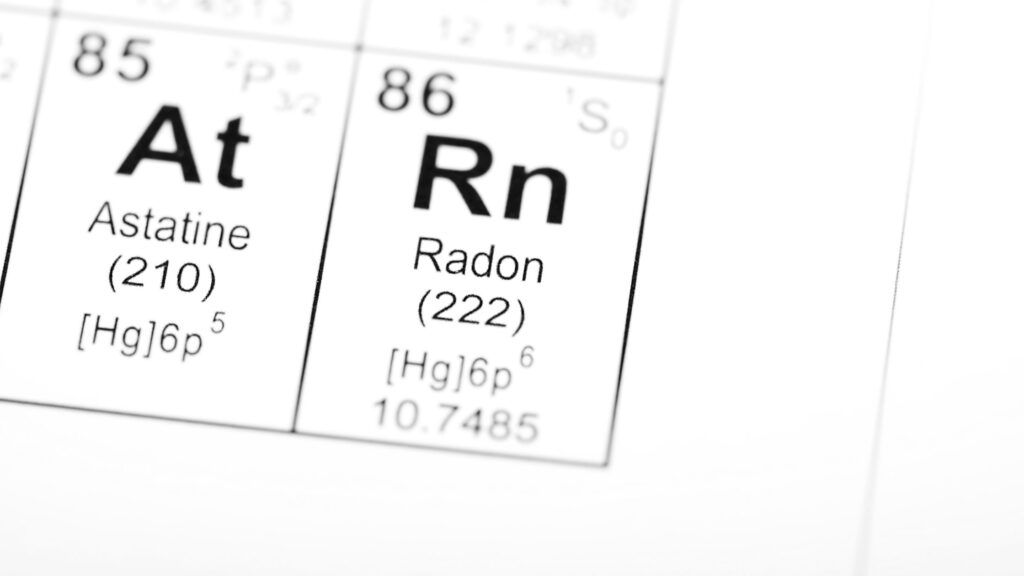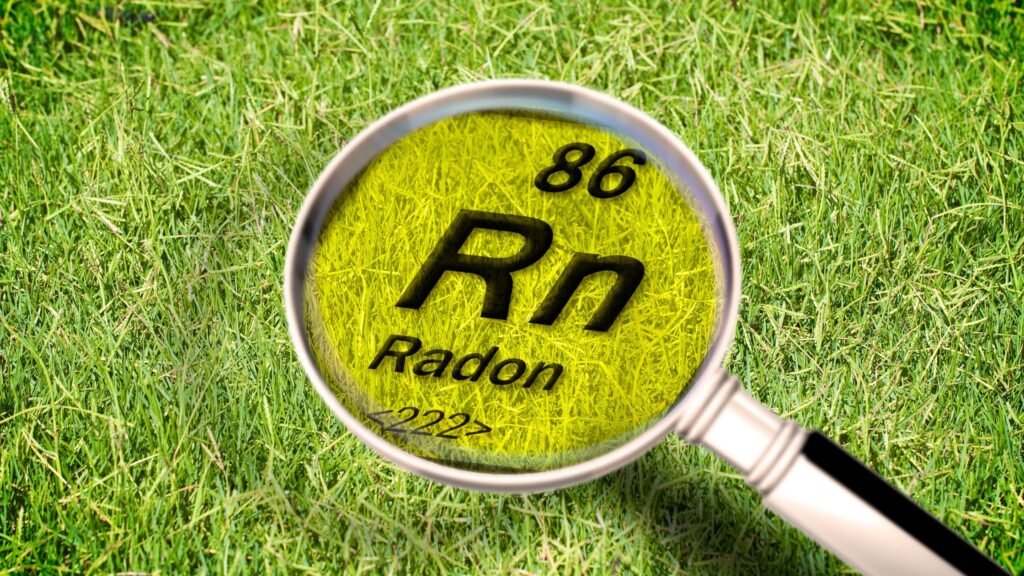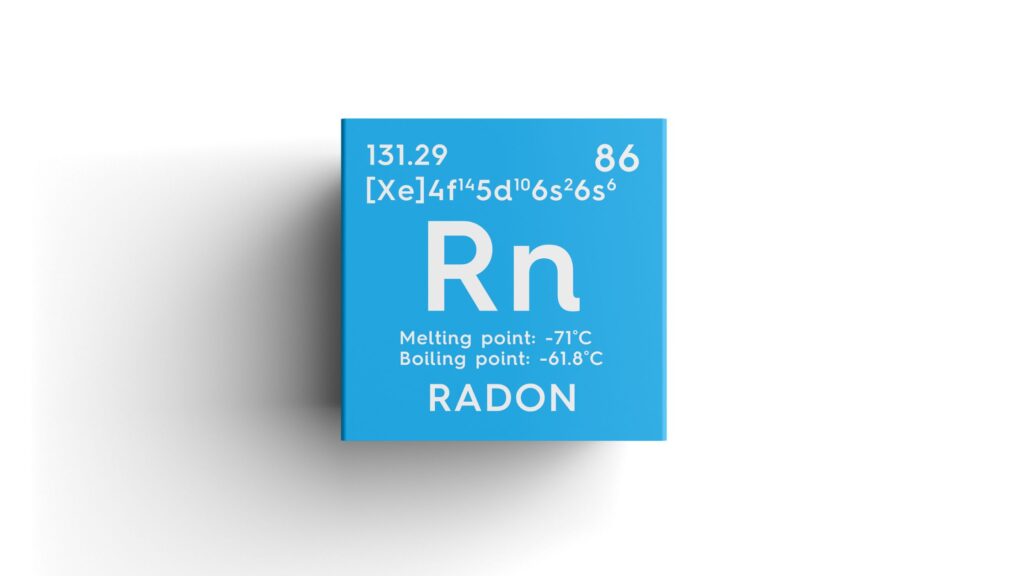Radon is a colorless, odorless, and tasteless gas that naturally forms from the decay of uranium in the ground. It can seep into homes through cracks and gaps in the foundation, often going undetected without proper testing. Long-term exposure to high levels of radon significantly increases the risk of lung cancer, making it a serious health concern. If you’re wondering whether radon is present in your area, it’s essential to test for it. This guide will walk you through the steps to detect radon in your home and take the necessary precautions to ensure the safety of your family.
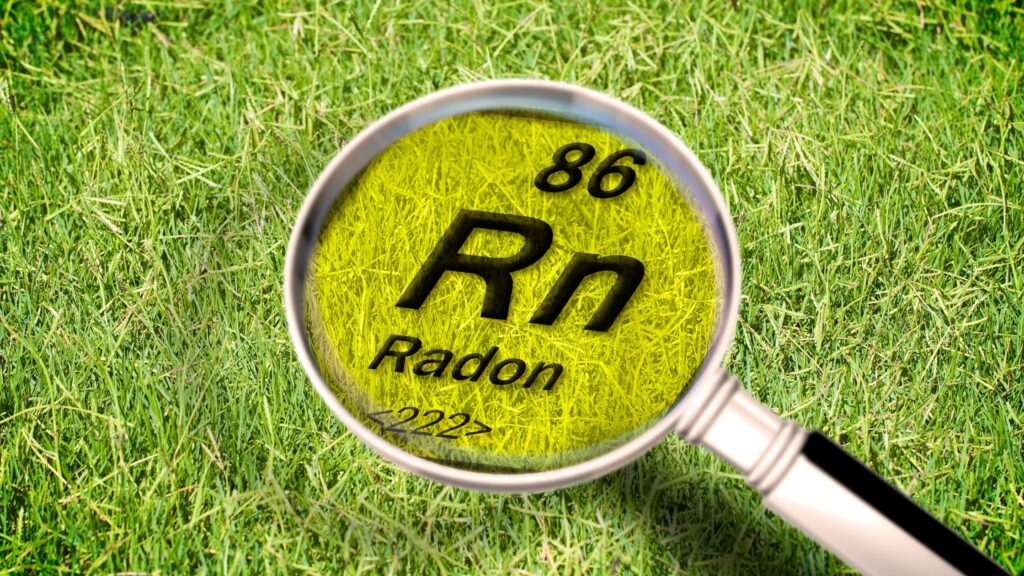
What Is Radon and Why Is It a Concern?
Radon is a naturally occurring radioactive gas produced by the decay of uranium in soil, rock, and water. It enters buildings through cracks and gaps in the foundation and can accumulate indoors. Since it’s colorless, odorless, and tasteless, it often goes unnoticed, posing serious health risks.
Radon exposure is a leading cause of lung cancer, second only to smoking. The EPA estimates radon contributes significantly to lung cancer deaths in the U.S. Smokers and former smokers are at an even higher risk, as the combination of radon and smoking greatly increases the likelihood of developing lung cancer.
Is Radon a Risk in Your Area?
Radon is invisible and odorless, so the only way to know your risk is to understand local factors and then test your space. The points below highlight what most affects radon levels in your area.
1. Radon Zones and Geography
Radon risk varies by region, and knowing your area’s profile is crucial for homeowners. The EPA divides the U.S. into three radon zones, with Zone 1 carrying the highest potential. Yet even in so-called low-risk zones, radon can still appear, so testing remains essential everywhere.
2. Geological Factors Affecting Radon Levels
Underlying soil and rock types strongly influence local radon levels. Areas with granite, shale, or other uranium-rich formations are more likely to see elevated readings indoors. Regional maps help, but on-site testing is still the only precise way to confirm radon levels in any building.
3. Building Design and Construction Features
Construction details can raise or reduce radon entry into a structure. Cracked slabs, open sumps, crawlspaces, and poorly sealed utility penetrations create easy pathways from soil to indoors. Newer homes may be tighter yet still vulnerable, which means every design benefits from dedicated radon testing.
4. Climate and Seasonal Conditions
Weather and seasonal patterns also affect radon behavior in your area. Cold winters, storms, or heavy use of heating systems can create pressure differences that pull more soil gas indoors. Because these conditions change, testing in different seasons provides a clearer picture of overall risk.
5. Local Testing Data and Community Trends
Local health departments, state agencies, and prior homeowner tests provide valuable clues about radon in your community. Elevated results in nearby homes or workplaces mean conditions may be similar on your street. Use this information as motivation to schedule your own professional or DIY test.
Even if your region is labeled “low risk,” radon can still be a problem in individual buildings. A simple test is the most reliable way to know your true risk and take steps to keep your indoor air safe. Learn more about Acceptable Radon Levels.

How to Find Out If Radon Is Present in Your Area
The only definitive way to know if radon is present in your home or area is through testing. You can start with short-term radon tests, which run for about 2 to 7 days and offer a quick, affordable snapshot of current radon levels—perfect for an initial check. For a clearer picture of your long-term exposure, long-term radon tests measure levels over 90 days to a year, giving a more accurate average and better insight into ongoing risk.
If you want the highest level of accuracy and expert guidance, professional radon testing uses specialized equipment and certified technicians to measure radon, interpret results, and recommend effective mitigation steps if elevated levels are found.
What to Do If You Find Radon in Your Area
If your test shows radon levels above 4.0 pCi/L, don’t ignore it—there are proven ways to fix the problem and make your home safer.
- Sub-Slab Depressurization: A vent pipe and fan pull radon from under the foundation and vent it outside, reliably lowering levels.
- Sealing Cracks and Openings: Seal gaps in floors, walls, and around pipes to block radon entry and support other mitigation methods.
- Improving Ventilation: Use fans, air exchangers, or open windows to boost airflow and dilute indoor radon.
- Crawl Space Encapsulation: Cover exposed soil with a sealed barrier and vent or suction to stop radon from entering living areas.
- Retesting and Ongoing Monitoring: Retest after mitigation and check regularly to ensure radon levels stay safely low.
Even modest reductions in radon make a real difference for health. The key is simple: test, fix, and keep monitoring to protect everyone under your roof.
Conclusion
Radon is a serious health threat that can affect anyone, regardless of location. Even if your area isn’t classified as high-risk, testing for radon is the only way to ensure your home is safe. If levels exceed the EPA’s recommended 4.0 pCi/L, taking immediate action is crucial. DSM Radon offers professional radon testing and mitigation services to help you protect your family and home from this silent gas. Ensure your home’s safety by testing for radon today.
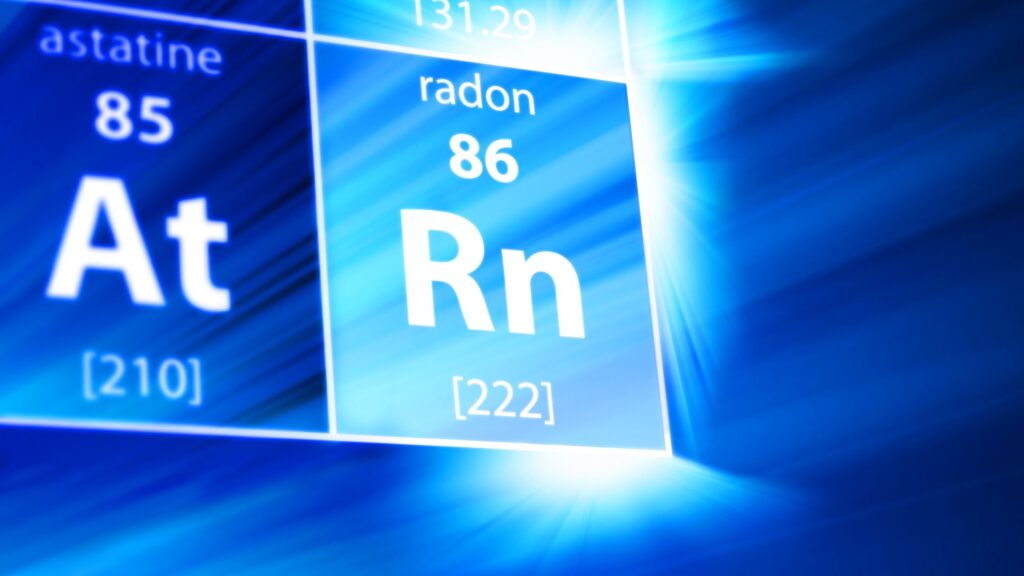
FAQs
1. How do I know if my area has high radon levels?
Radon levels can differ by region, and the only way to be certain is by testing your home. While EPA radon zone maps offer general guidance, testing provides an accurate measurement.
2. What is considered a high radon level in a home?The EPA advises action if radon levels exceed 4.0 pCi/L. Any reading above this level is considered unsafe and should be addressed with mitigation.

